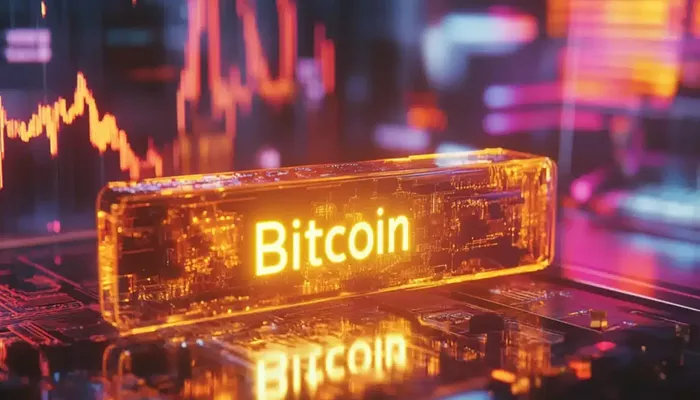Gold prices have surged to new record highs, igniting excitement among gold enthusiasts and sparking widespread speculation about the factors driving the demand for the precious metal.
While geopolitical instability and inflation concerns—amplified by escalating trade wars—are commonly cited as reasons for gold’s rise, a less-discussed factor is gaining attention: the potential revaluation of the United States’ gold reserves. Currently, the US gold holdings are valued at a mere $42 per ounce in national accounts. However, some financial experts argue that marking these reserves at their current market value—around $2,800 per ounce—could unlock up to $800 billion for the Treasury. This infusion could alleviate pressure on the US government to issue as many Treasury bonds this year, potentially stabilizing fiscal challenges.
This speculation has gained traction following statements by Scott Bessent, a former hedge fund manager turned US Treasury official, who recently pledged to focus on “monetizing the asset side of the US balance sheet” and lowering 10-year Treasury yields. Bessent’s remarks were reinforced by David Teeters of IESE Business School, who suggested that revaluing gold could help deleverage the US balance sheet, particularly if gold prices continue to climb.
Larry McDonald, a libertarian analyst, emphasized the need for the US government to explore creative solutions to its fiscal issues, echoing growing speculation about the role of gold in the country’s economic strategy.
Despite the mounting buzz, questions remain about whether this plan will come to fruition. The unpredictable nature of President Donald Trump’s policy direction makes any prediction uncertain. However, this rising speculation highlights three crucial points.
First, there is an awareness that Bessent has strong incentives to find innovative fiscal solutions, given the growing budget deficit. House Republicans are considering a tax and spending bill that could add up to $5.5 trillion to the national deficit over the next decade, while also increasing interest costs by approximately $1.3 trillion. These developments could trigger alarm in the bond markets and prompt a revolt from populist factions in Congress. Many argue that substantial tax increases are necessary to ensure fiscal responsibility.
Second, Bessent and the Trump administration are also grappling with issues related to the US dollar. While some in Trump’s inner circle view the dollar as overvalued and damaging to the country’s industrial base, they also want to maintain the dollar’s status as the world’s reserve currency. This paradox has led to speculation that gold could play a pivotal role in balancing these conflicting priorities. Financial experts like Luke Gromen suggest that the Treasury may allow gold to continue rising in value, supporting the creation of a new economic system.
Third, the shifting landscape of US economic policy is evident in a recent investor memo by Stephen Miran, head of Trump’s Council of Economic Advisers. Miran outlined a vision where tariffs initially serve as a negotiating tactic, later evolving into a long-term strategy for raising revenue and solidifying geopolitical alliances. He also noted that while tariffs could strengthen the dollar in the short term, the White House might eventually seek a gradual devaluation of the currency to reduce the deficit, possibly through coordination with the Federal Reserve and international agreements.
Though these ideas may seem extreme, Miran’s memo signals that unconventional economic strategies are becoming increasingly plausible. The notion of a weakening dollar, while risky, is now being considered as part of a broader strategy that could have far-reaching implications for global finance.
As the financial landscape continues to evolve, gold has outperformed other assets like Bitcoin, prompting increased demand and a rush to move gold reserves from global vaults to New York. In this uncertain environment, buying gold is beginning to appear as a rational investment choice, signaling the emergence of a new financial reality.
Related topics:
- India Surpasses China in Gold Purchases, Buying 51% More in Three Months
- Gold Rates Skyrocket in Chennai on Diwali, 24K Gold Exceeds Rs. 81,000 Per 10 Grams
- Gold and Silver Prices Rise Across India on January 13, 2025


